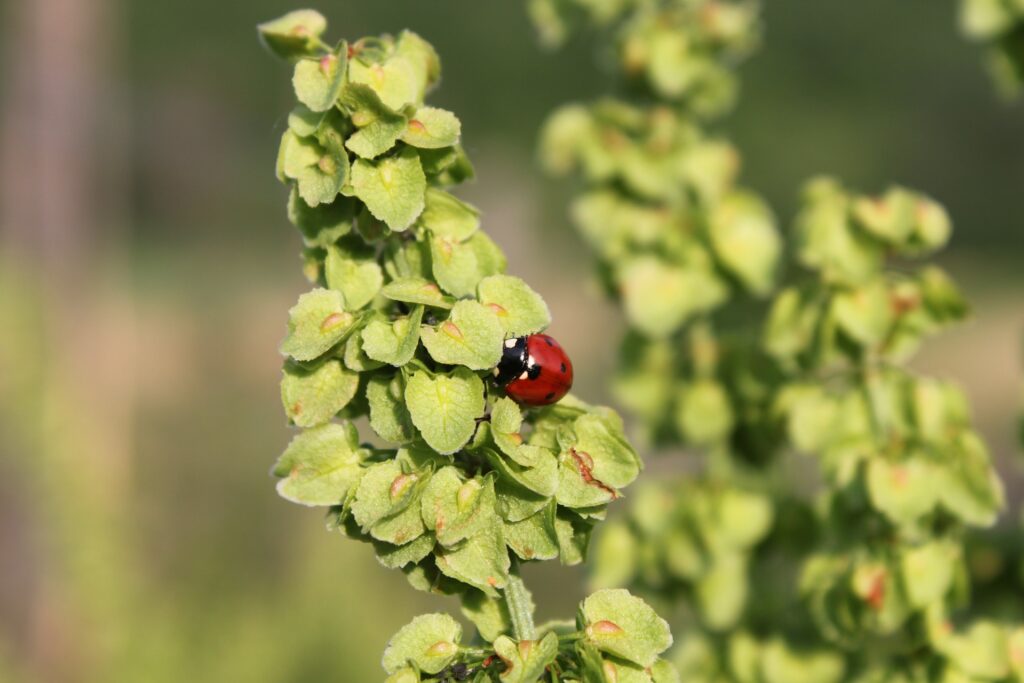Rumex crispus
Latin Name: Rumex crispus
Herb Class/Action: Bitter Digestive, Alterative, Lymphatic
Parts Used: Root
Flavors: Bitter, slightly sour, astringent
Energetics: Cooling, downward energy
Traditional Benefits: Blood support, digestive support, liver support, lymphatic support, spirit support, essence support
Yellow dock is a cooling herb that helps to balance ‘heat’ in the stomach, especially useful in digestive health and occasional constipation. With a robust history as both an herb and a source of food, Yellow Dock helps to balance normal peristalsis (rather than pushing us in one direction) and helps us to absorb nutrients from the healthy meals we eat.*
Native to Europe and Western Asia, but prevalent throughout North America, Yellow Dock is a multi-beneficial herb known for its “cooling” energy in traditional medicine. Yellow dock is an especially valuable herb, since all parts of the plant can be used. While the roots and fruit are used in medicine, the leaf stalks can be eaten as food.

Historically, Native American tribes—such as the Dakota, Blackfoot, Cheyenne, Cherokee, and Navajo—have used the plant topically and internally for a wide variety of uses. Topically, the leaves were to support healing, while internally, the roots alleviated occasional constipation and helped to purify the blood.*
Today, modern herbalists most commonly use Yellow Dock to support the liver, digestive system, gastrointestinal health, and blood health. When consumed, the herb has a cooling effect on the liver to balance the flow of bile, as well as a downward energy to break up blockages and provide relief from occasional constipation. Rather than pushing us one way for a dramatic effect, Yellow Dock is actually balancing and normalizing to peristalsis either way. We also use Yellow Dock in nutritive formulas, as this herb helps us to absorb nutrients from the healthy meals we eat.*
“The herb of understanding” – Matthew Wood

